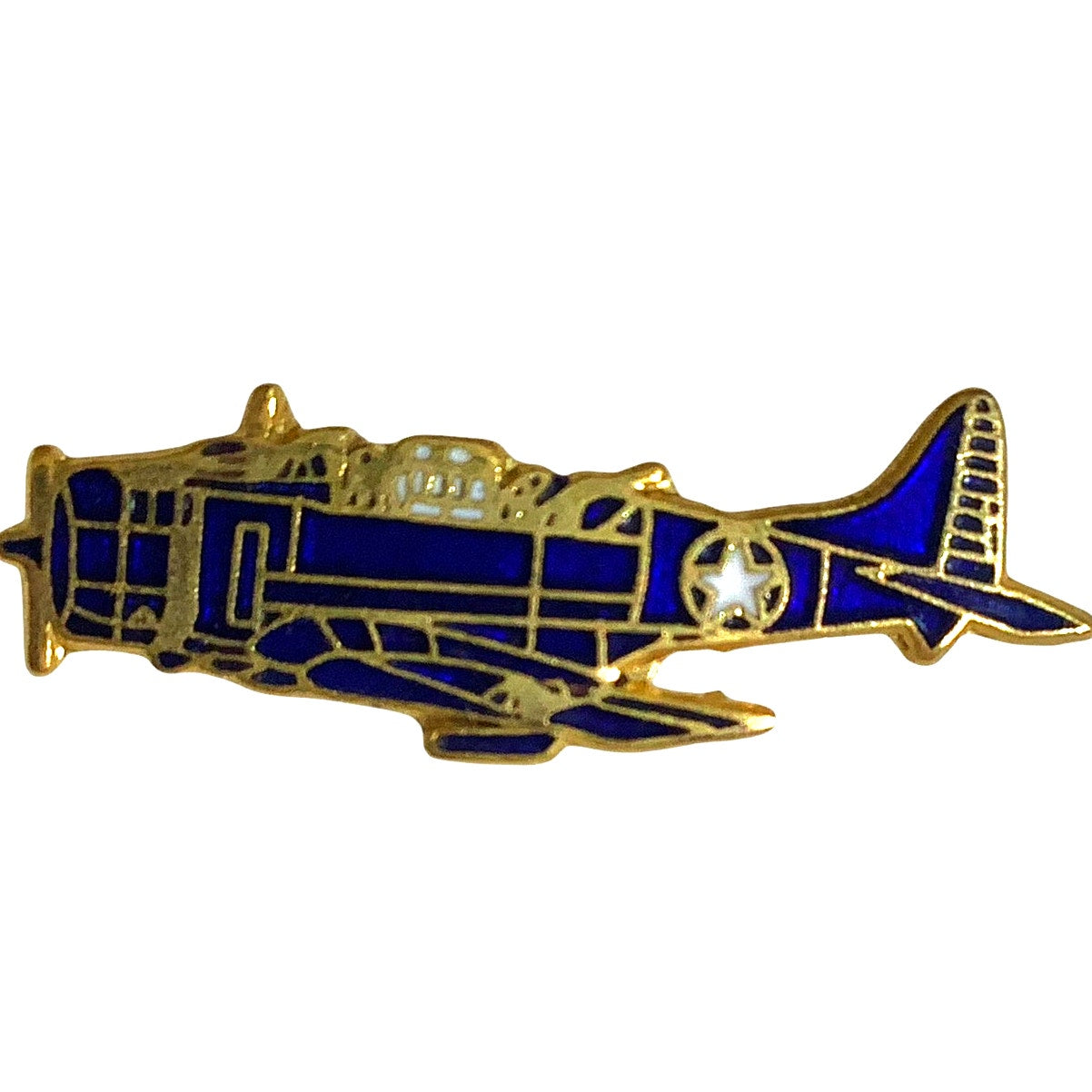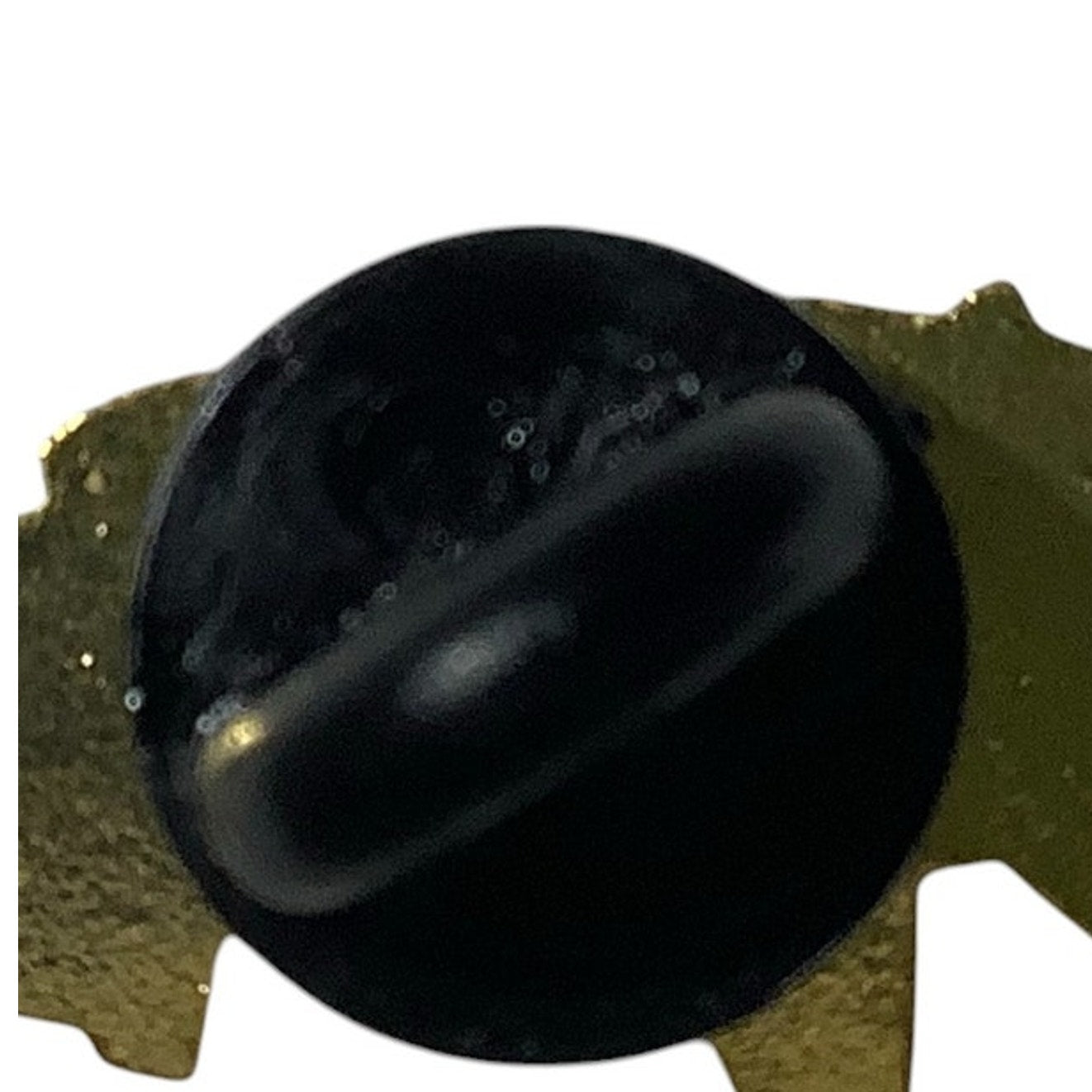1
/
of
2
United States Armed Forces
Hat / Lapel Pin- Douglas SBD Dauntless WWII Scout and Diver Bomber (1940-1944)
Hat / Lapel Pin- Douglas SBD Dauntless WWII Scout and Diver Bomber (1940-1944)
Regular price
$8.97 USD
Regular price
Sale price
$8.97 USD
Unit price
/
per
Shipping calculated at checkout.
3 in stock
Couldn't load pickup availability
Hat / Lapel Pin- Douglas SBD Dauntless WWII Scout and Diver Bomber (1940-1944)
Acquired from a Military Surplus Store that went out of business
1-1/8"W x 3/8"H
The Douglas SBD Dauntless was a pivotal American naval scout plane and dive bomber during World War II.
Here are some details of its use:
Type: Dive bomber, scout plane
National Origin: United States
Manufacturer: Douglas Aircraft Company
Primary Users: United States Navy, United States Marine Corps, Free French Air Force, Royal New Zealand Air Force
Number Built: 5,936 units
First Flight: May 1, 1940
Introduction Date: 1940
Retired: 1959 (Mexico)
Nickname: "Slow But Deadly" (from its SBD initials)
The SBD Dauntless is best known for its role in the Battle of Midway in June 1942, where it delivered fatal blows to all four Japanese fleet carriers. It was the primary dive bomber for the U.S. Navy from mid-1940 through mid-1944 and was also flown by the U.S. Marine Corps from both aircraft carriers and land bases
Acquired from a Military Surplus Store that went out of business
1-1/8"W x 3/8"H
The Douglas SBD Dauntless was a pivotal American naval scout plane and dive bomber during World War II.
Here are some details of its use:
Type: Dive bomber, scout plane
National Origin: United States
Manufacturer: Douglas Aircraft Company
Primary Users: United States Navy, United States Marine Corps, Free French Air Force, Royal New Zealand Air Force
Number Built: 5,936 units
First Flight: May 1, 1940
Introduction Date: 1940
Retired: 1959 (Mexico)
Nickname: "Slow But Deadly" (from its SBD initials)
The SBD Dauntless is best known for its role in the Battle of Midway in June 1942, where it delivered fatal blows to all four Japanese fleet carriers. It was the primary dive bomber for the U.S. Navy from mid-1940 through mid-1944 and was also flown by the U.S. Marine Corps from both aircraft carriers and land bases
Share




